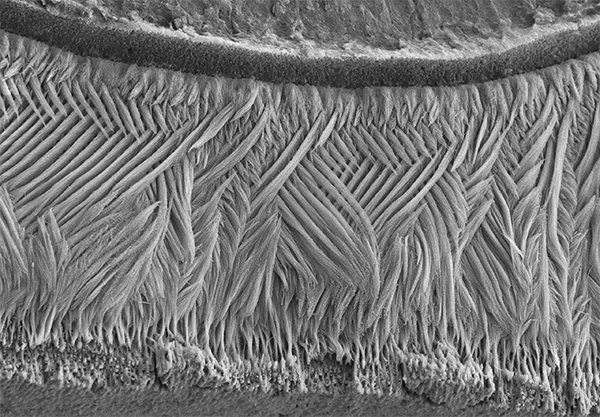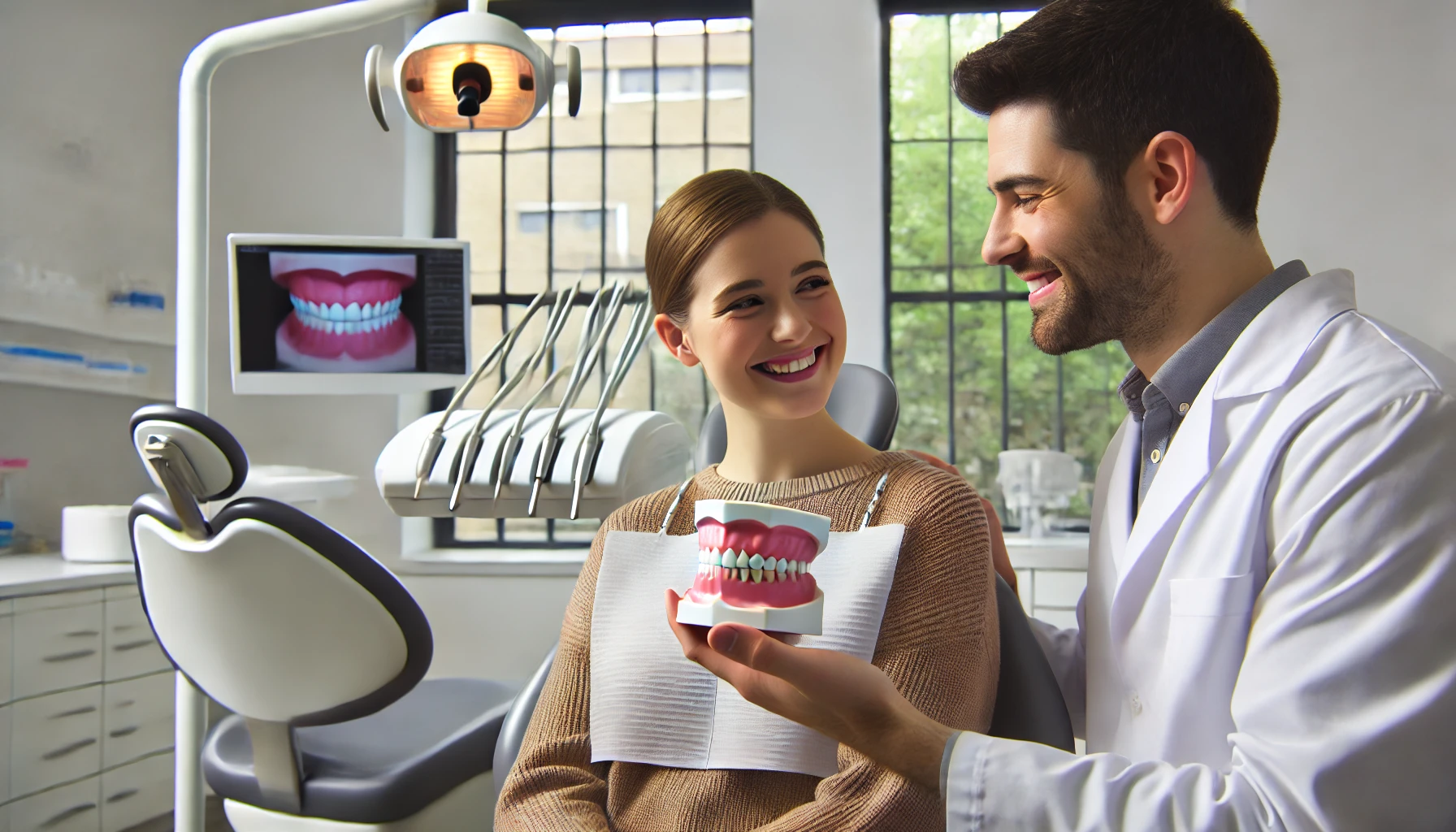Keratin often referred to as nature’s structural marvel, is a fibrous protein that serves as a fundamental building block in various biological structures. From providing strength and resilience to hair and nails to forming protective layers in skin, keratin plays a crucial role in maintaining the integrity and functionality of several tissues in the human body.
What is Keratin?
Keratin is a family of fibrous structural proteins that are the key components of hair, nails, feathers, horns, and the outer layer of skin. It is a durable and insoluble protein, which means it is highly resistant to degradation by enzymes and other biological agents.
Importance of Keratin in Biology
In biological terms, keratin is indispensable. It provides mechanical support and protection to epithelial cells, which are the cells that line the surfaces and cavities of the body. Without keratin, these tissues would be vulnerable to damage from environmental factors and physical stress.
Types of Keratin
Keratin can be categorized into several types based on its location and function within the body.
Hair Keratin
Hair keratin, also known as trichokeratin, is the predominant type found in the hair shaft. It forms a protective layer around the hair shaft, imparting strength and elasticity to the hair.
Skin Keratin
Skin keratin, or epidermal keratin, is present in the outermost layer of the skin, known as the epidermis. It forms a barrier that protects the underlying tissues from dehydration, mechanical trauma, and microbial invasion.
Nail Keratin
Nail keratin, or onychokeratin, is the primary component of nails. It contributes to the hardness and durability of nails, allowing them to fulfill their protective function.
Structure of Keratin
Keratin proteins have a complex hierarchical structure that confers their unique properties.
Alpha-Helix Structure
At the molecular level, keratin proteins adopt an alpha-helix structure, which consists of coiled polypeptide chains. This structure provides flexibility and resilience to keratin fibers.
Beta-Sheet Structure
In addition to alpha-helices, keratin proteins contain regions with beta-sheet structures. These regions are stabilized by hydrogen bonds, enhancing the strength and stability of keratin fibers.
Disulfide Bonds
Disulfide bonds, formed between sulfur-containing amino acids, play a crucial role in maintaining the integrity of keratin fibers. These covalent bonds create cross-links between keratin molecules, contributing to the strength and durability of keratinized tissues.
Functions of Keratin
Keratin serves several essential functions in the body, owing to its unique properties.
Structural Support
One of the primary functions of keratin is to provide structural support to epithelial tissues. By forming a scaffold-like network, keratin fibers reinforce the structural integrity of tissues such as skin, hair, and nails.
Protection
Keratin acts as a protective barrier against physical, chemical, and microbial insults. In the skin, keratinized cells form a waterproof barrier that prevents excessive water loss and protects against pathogens and toxins.
Waterproofing
The hydrophobic nature of keratin makes it an excellent waterproofing agent. In structures like feathers and hair, keratin prevents water from penetrating the underlying tissues, thereby maintaining their structural integrity and insulating properties.
Keratin in Hair
Hair is primarily composed of keratinized cells that undergo a process called keratinization.
Hair Growth Cycle
The hair growth cycle consists of three phases: anagen (growth phase), catagen (transitional phase), and telogen (resting phase). During the anagen phase, keratinocytes in the hair follicle proliferate and differentiate, ultimately forming the hair shaft.
Keratinization Process
Keratinization is the process by which epithelial cells become filled with keratin and undergo structural changes to form specialized tissues. In hair follicles, keratinocytes undergo keratinization as they move upward through the follicle, eventually forming the hair shaft.
Role of Keratin in Hair Strength
Keratin provides strength and resilience to the hair shaft, allowing it to withstand mechanical stress and environmental damage. The cross-linked structure of keratin fibers gives hair its elasticity and prevents breakage and splitting.
Keratin in Skin
The epidermis, the outermost layer of the skin, is primarily composed of keratinized cells called keratinocytes.
Epidermal Keratinocytes
Epidermal keratinocytes produce and accumulate keratin as they migrate from the basal layer of the epidermis towards the skin surface. As they mature, these cells undergo keratinization, forming a protective layer of dead, keratinized cells known as the stratum corneum.
Barrier Function
The stratum corneum serves as a barrier that protects the underlying tissues from dehydration, UV radiation, and microbial invasion. Keratinized cells in the stratum corneum are tightly packed, preventing water loss and inhibiting the entry of pathogens and toxins.
Healing Properties
Keratin plays a vital role in the wound healing process by promoting the proliferation and migration of keratinocytes. As the skin regenerates, keratinocytes produce new layers of keratinized cells, facilitating the closure of wounds and the restoration of skin integrity.
Keratin in Nails
Nails are specialized structures composed of tightly packed layers of keratinized cells.
Composition of Nails
Nails are composed of three main parts: the nail plate, nail bed, and nail matrix. The nail plate, the visible part of the nail, is made up of layers of hardened, keratinized cells. The nail bed, located beneath the nail plate, provides a supportive base for the nail. The nail matrix, located at the base of the nail, is responsible for nail growth.
Nail Growth
Nails grow from the nail matrix, where new keratinocytes are continuously produced. As keratinocytes mature and move toward the nail plate, they become filled with keratin and undergo keratinization, contributing to nail growth.
Hardness and Durability
The compact arrangement of keratinized cells in the nail plate gives nails their hardness and durability, allowing them to withstand daily activities and protect the fingertips from injury.
Keratin Disorders
Disruptions in the synthesis or structure of keratin can lead to various skin, hair, and nail disorders.
Alopecia
Alopecia, or hair loss, can result from a variety of factors, including genetic predisposition, hormonal imbalances, and autoimmune conditions. In some cases, abnormalities in keratin production or function may contribute to hair loss.
Epidermolysis Bullosa
Epidermolysis bullosa is a group of inherited skin disorders characterized by blistering and skin fragility. Mutations in genes encoding keratin proteins can impair the structural integrity of the skin, leading to blister formation and tissue damage.
Nail Dystrophy
Nail dystrophy refers to abnormalities in the growth and appearance of nails. Conditions such as psoriasis, fungal infections, and autoimmune diseases can cause nail dystrophy by affecting the production or maturation of keratinocytes in the nail matrix.
Keratin in Cosmetics
The unique properties of keratin make it a popular ingredient in cosmetic and personal care products.
Keratin-Based Hair Products
Keratin-based hair products, such as shampoos, conditioners, and hair masks, are formulated to strengthen and nourish the hair shaft. These products often contain hydrolyzed keratin, which has been broken down into smaller molecules for better absorption into the hair.
Nail Treatments
Keratin-infused nail treatments are designed to strengthen and protect nails from damage. These treatments may include keratin-rich serums, nail polishes, and strengthening base coats that help improve the overall health and appearance of nails.
Skincare Formulations
In skincare formulations, kerati’n derivatives are used to enhance the barrier function of the skin and promote moisture retention. Kerati’n-based moisturizers, creams, and serums help replenish the skin’s natural lipid barrier, leaving it soft, smooth, and hydrated.
Natural Sources of Keratin
Kerati’n can be sourced from various natural materials, including animal-derived, plant-based, and synthetic sources.
Animal-Derived Keratin
Animal-derived kerati’n is obtained from sources such as sheep’s wool, feathers, and horns. These raw materials are processed to extract kerati’n proteins, which are then used in various applications, including textiles, biomedical devices, and cosmetic formulations.
Plant-Based Alternatives
Plant-based alternatives to kerati’n, such as soy protein and wheat protein, offer sustainable and vegan-friendly options for consumers. These plant-derived proteins mimic the properties of kerati’n and can be used in hair care, skincare, and nail care products.
Synthetic Keratin
Advances in biotechnology have led to the development of synthetic kerati’n proteins that replicate the structure and function of natural kerati’n. These synthetic proteins offer advantages such as uniformity, purity, and scalability, making them suitable for use in a wide range of applications.
Research and Innovations
Scientists continue to explore the potential applications of kerati’n in various fields, including biomedicine, tissue engineering, and materials science.
Biomedical Applications
Kerati’n-based biomaterials have shown promise in wound healing, drug delivery, and tissue regeneration. Researchers are investigating the use of kerati’n scaffolds and hydrogels for repairing damaged tissues and promoting cell growth.
Tissue Engineering
Kerati’n has been used as a biomimetic scaffold for tissue engineering applications, such as skin substitutes, bone grafts, and cartilage repair. By mimicking the natural extracellular matrix, kerati’n-based scaffolds provide a supportive environment for cell attachment, proliferation, and differentiation.
Drug Delivery Systems
Kerati’n nanoparticles and microparticles have been developed as carriers for drug delivery applications. These biocompatible carriers protect drugs from degradation and facilitate their controlled release, improving therapeutic efficacy and patient compliance.
Maintaining Healthy Keratin
Maintaining healthy kerati’n levels is essential for the overall health and appearance of hair, skin, and nails.
Diet and Nutrition
A balanced diet rich in protein, vitamins, and minerals is essential for supporting kerati’n production and maintaining healthy tissues. Foods such as eggs, fish, nuts, and leafy greens provide essential nutrients for kerati’n synthesis and repair.
Proper Hair and Skincare Routines
Regular washing, conditioning, and moisturizing are essential for maintaining the health and vitality of hair and skin. Using kerati’n-infused hair and skincare products can help strengthen and nourish keratinized tissues, reducing the risk of damage and dryness.
Avoiding Damaging Practices
Avoiding excessive heat styling, chemical treatments, and harsh environmental conditions can help preserve the integrity of kerati’nized tissues. Protective measures such as using heat protectants, wearing hats or scarves, and applying sunscreen can minimize damage and maintain healthy hair, skin, and nails.
Environmental Impact
The production and disposal of kerati’n-based products can have environmental implications.
Sustainable Sourcing
Sourcing kerati’n from sustainable and ethical sources, such as byproducts of the meat and poultry industry or renewable plant-based materials, can reduce environmental impact and promote animal welfare.
Biodegradability
Kerati’n is inherently biodegradable, meaning it can be broken down by natural processes into harmless byproducts. Choosing biodegradable kerati’n-based products can help minimize waste and pollution, contributing to environmental sustainability.
Eco-Friendly Production Methods
Adopting eco-friendly production methods, such as green chemistry principles and renewable energy sources, can further reduce the environmental footprint of kerati’n-based industries. By prioritizing sustainability and environmental stewardship, companies can minimize their impact on ecosystems and communities.
Future Perspectives
The future of kerati’n research holds promise for continued innovation and discovery in diverse fields.
Advances in Keratin Science
Ongoing research in kerati’n science aims to unravel the complex structure and function of kerati’n proteins, paving the way for new applications and technologies. From bio-inspired materials to regenerative medicine, the versatility of kerati’n continues to inspire scientific inquiry and exploration.
Potential Breakthroughs
Emerging technologies, such as gene editing and protein engineering, hold the potential to revolutionize the production and application of kerati’n-based materials. By harnessing the power of biotechnology, researchers can create tailor-made kerati’n proteins with enhanced properties and functionalities.
Implications for Various Industries
The widespread adoption of kerati’n-based materials and technologies has far-reaching implications for industries such as healthcare, cosmetics, textiles, and biotechnology. From innovative medical devices to sustainable consumer products, kerati’n offers a versatile platform for addressing diverse challenges and needs.
Conclusion
Kerati’n is a remarkable protein with diverse biological functions and applications. From providing structural support and protection to promoting wound healing and tissue regeneration, kerati’n plays a vital role in maintaining the health and integrity of various tissues in the body. By understanding the unique properties and potential applications of kerati’n, scientists and innovators can harness its power to address pressing challenges and improve human health and well-being.





